By Soren Schamberg
Transitions are where games of football can be won and lost. Coaches are familiar with the four phases of a game - 1.) Attacking with the Ball 2.) Losing the Ball 3.) Defending without the ball and 4.) Winning the ball back. There are two additional phases coaches may not be familiar with and those are - About to lose the ball and About to win the ball back.
It's in these two additional phases where a well drilled, front footed side can take advantage of a less sharp opponent.
For an example, we will look at two instances in the 1st Match day of the group stages in the Champions League between Manchester City vs. RB Leipzeig. Pep Guardiola had Manchester City in a 4-3-3 formation and Jesse March had RB Leipzig in a 4-2-3-1.
The first example comes in the games 55th minute. City are already up 3 - 2 after a couple of open play goals and a penalty for a hand ball on Leipzig. Leipzig defended a City attack and were playing the ball out from their defensive third.
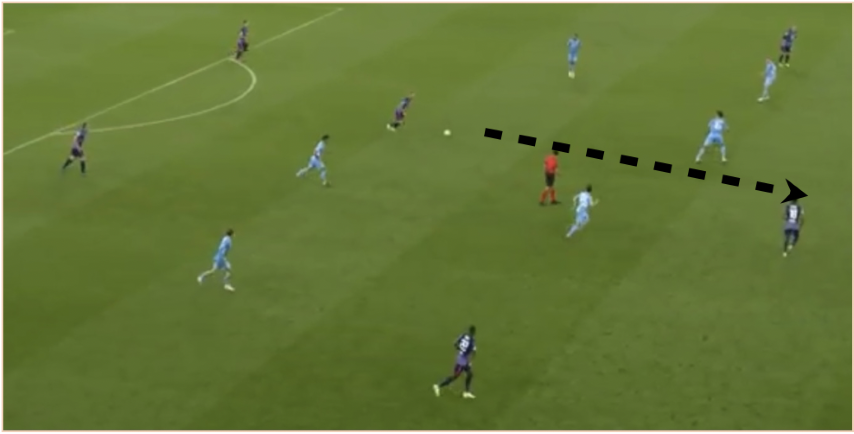
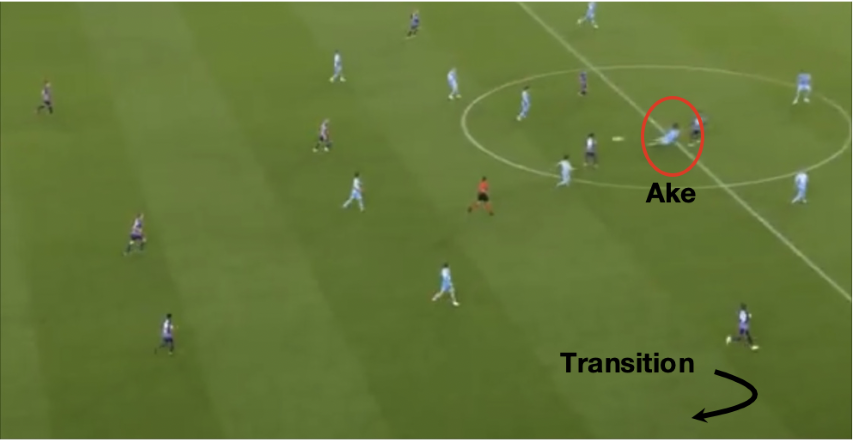
Their CB plays a pass through the middle to half field which gets intercepted and deflected by an alert Nathan Ake.
The ball ping pongs away to the high City CB who lobs the ball out wide to the left side of the field to an already sprinting Jack Grealish.
This transition happens in a matter of seconds - from Leipzig having possession to possession being contested and then lost to City. What's important is that the City CB and wide player, Grealish, were preparing to win the ball back and in doing so were quicker to the ball and able to take valuable space.
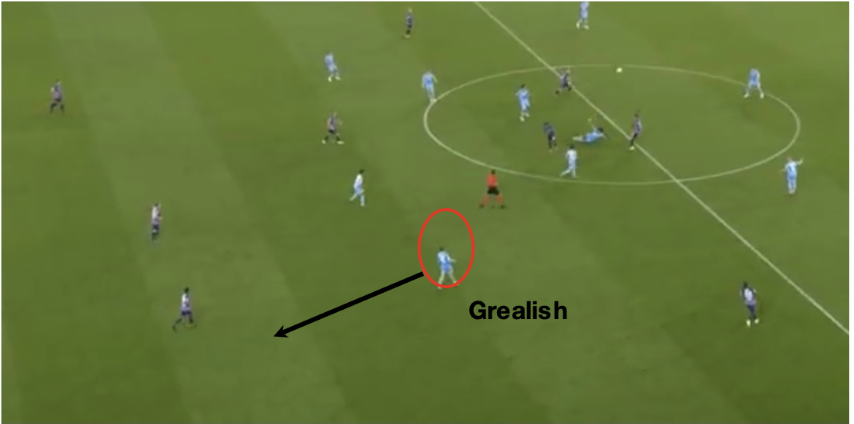
At the same time, Leipzig's players were not prepared to lose the ball, and especially the RB, Tyler Adams, are caught in a poor position on the field to the quickly attacking Grealish.
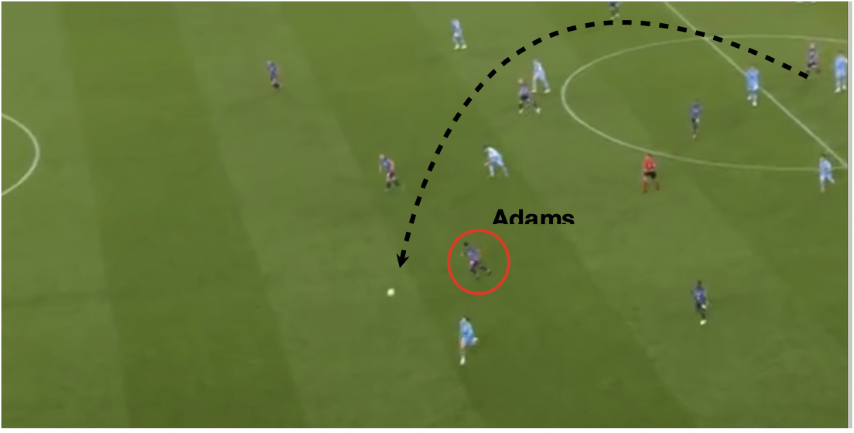
A few touches and Grealish can split Adams and the oncoming midfielder able to take an almost text book inverted winger shot, giving the Leipzig keeper no chance.
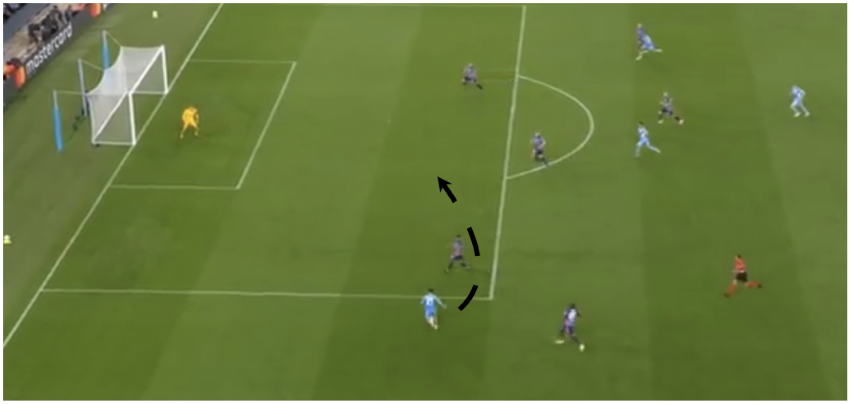
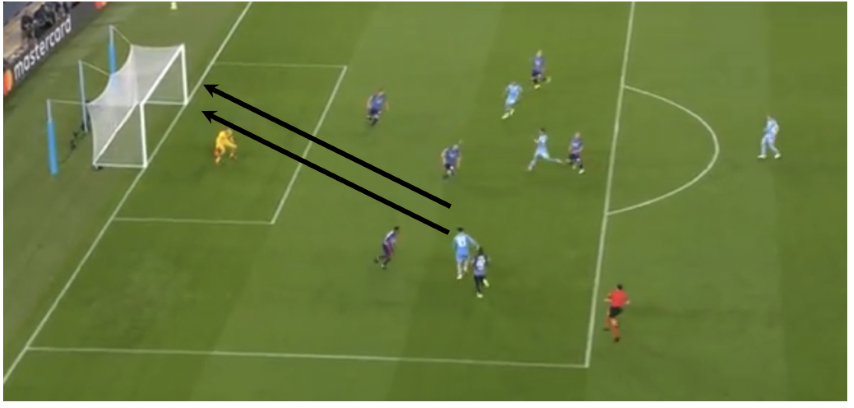
7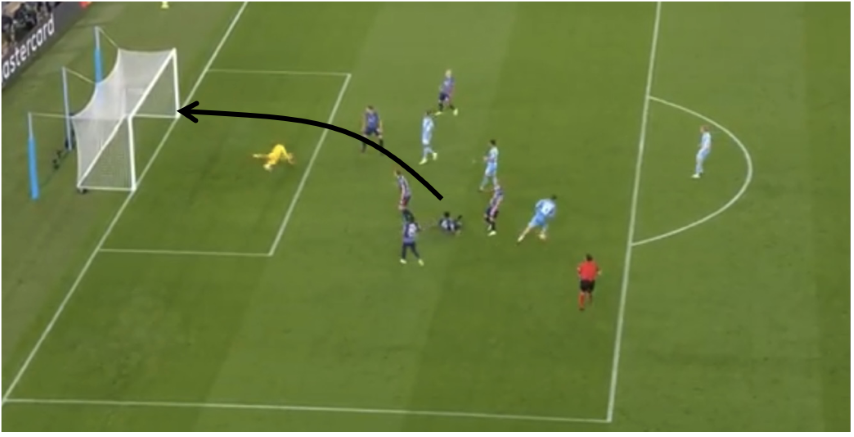
This goal did require deft control and a skilled finish, but the whole opportunity was created in the transition from defending to attacking by the City players identifying they were about to win the ball back.
By Soren Schamberg


